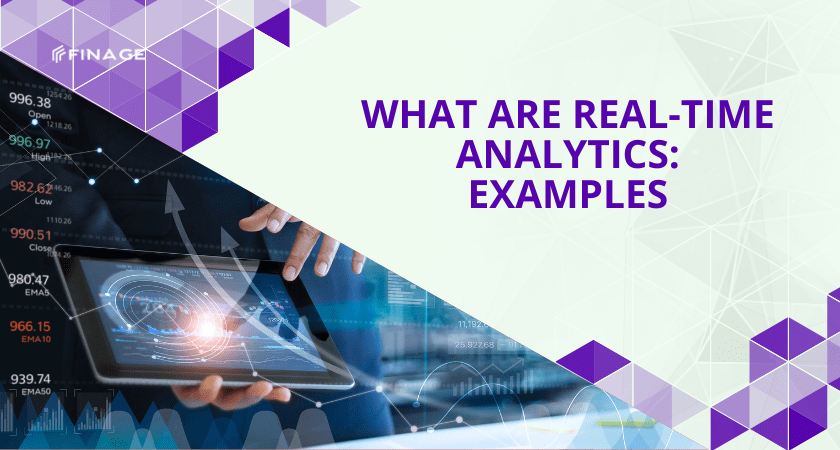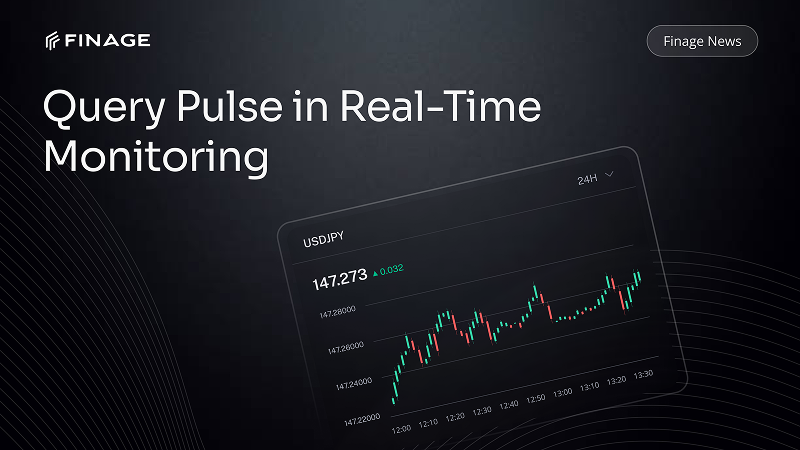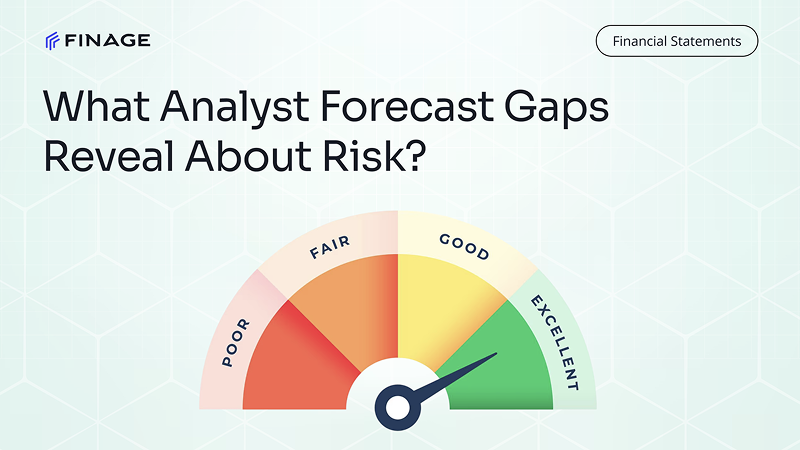What Are Real-Time Analytics: Examples
5 min read • April 8, 2023

Introduction
As it stands, the digital revolution has made it so that data circulates at lightning speed. Irrespective of what field you're involved in, having accurate reports as they happen or just shortly after is a massive advantage while trading.
This is where real-time benefits the niche and where analytics come in place. This aspect of operating an organization or digital system should interest you as it comes with more than a few benefits. As you read on, you'll learn about what real-time analytics are, how they work, and how they impact projects positively as well as a look at some of the best examples of this out there.
Contents:
- Defining real-time analytics
- How they work
- Observable examples
- Advertising sector
- Financial sector
- Health sector
- Final thoughts
Defining real-time analytics
Real-time analytics refers to the framework that allows those using it to access data as soon as it's available. Almost immediately, said data will be processed and then either used by the proprietor or sent out to customers or other parties.
In the financial world, in particular, those who use this practice can go through tons of information without being overwhelmed. This is often done in an efficient way that reduces the risk of overlooking something important, which in turn produces some serious benefits such as the following:
- It's cost-effective due to smaller teams and a reduction in bottlenecks;
- it uses artificial intelligence, which can data in a streamlined manner without manually updating the system;
- it allows better observation of customers and their habits;
- information acquired is never wasted as its use is usually for prediction and future planning;
- it gives companies more of an edge when compared to those that use historical data.
How they work
Analyzing data in this way requires a few things, namely the technology to handle it and a proper system of operation. There are two ways in which data is generally taken in and they are:
- the streaming method
- interval method
The former involves the taking in and pushing out of data in a continuous flow. This method isn't used as much as slight delays are often desirable for processing purposes. This is why the latter method is seen as more beneficial because the process takes place in set periods.
Irrespective of the field you're working in, the operations will need certain tools. These include the following:
- Aggregators to take in all available data
- Analytics engines to analyze data
- Brokers to ensure data availability
- The stream processor implements real-time analytics
- Real-time analytics on received data
The above pretty much summarizes the entire real-time process as most businesses operate in this way. That said, there are other ways in which it can be aided and that's through the use of additional tools such as in-memory analytics. Real-time data offers numerous benefits for trading, allowing traders to make informed decisions based on the most up-to-date information. To optimize your trading endeavors, you can use algorithmic trading tools that provide comprehensive solutions.
Observable examples
With real-time data being as important as it is, many businesses and fields have decided to exploit it to the fullest. The following are among some of the best examples of sectors that depend on real-time analytics:
Advertising sector
For a company to properly launch a product, they're likely to put said goods or services to the test. Often this comes in the form of focus tests or general ad runs.
It's from this that they can gauge the response of the audience and potential customers. This is only enhanced when feedback is analyzed in real-time as it allows a company to make adjustments to messages when necessary, as they occur.
Financial sector
This sector has seen the most prominent use of real-time analytics, especially in the trading space. Because of the speed in which markets move, certain decisions and predictions have to be made quickly, otherwise opportunities to profit may vanish. Markets are often affected by global events that aren't in your vicinity and their effects could take hold in seconds. As such, having an early heads-up will be a great advantage.
On a much smaller level, there's a lot that can be observed even when it comes to checking credit scores. Banks and other institutions will need quick analytics to properly assess inquiries.
Health sector
Health is an important area in which real-time analytics find prominence, especially in this age where it's become more of a priority and people's desire to monitor it has risen. Said monitoring usually comes in the form of devices that are placed on your body. Through said devices, one can monitor a large number of biological functions such as a person's pulse rate, breathing, and temperature, as well as the number of steps or distance traveled.
This data is important for several reasons. For starters, it allows one to monitor their progress in an exercise plan. The most important application of real-time analytics in this field is that it allows symptoms to be detected quickly, which allows for better and faster diagnoses.
Final thoughts
The information above shows that real-time analytics have a wide array of uses and this is likely to continue as the world's technology increases. Using them has also been shown to have quite a few advantages that are difficult to ignore.
Among the many uses of this practice, the addition of it to the financial world has been quite the revelation. Trading in particular has seen the highest demand for real-time data as it aids in not just knowing how things are, but with predictions as well. That said, the use of real-time data will find a place in whatever business idea you have, so finding someone to provide it for you is wise. You can also use widgets to display real-time data feeds for your platform which is really useful, especially for analytics.
You can get your Real-Time and Historical Market Data with Finage free API key.
Build with us today!
Claim Your Free API Key Today
Access stock, forex and crypto market data with a free API key—no credit card required.

Stay Informed, Stay Ahead
Finage Blog: Data-Driven Insights & Ideas
Discover company news, announcements, updates, guides and more

.png)
